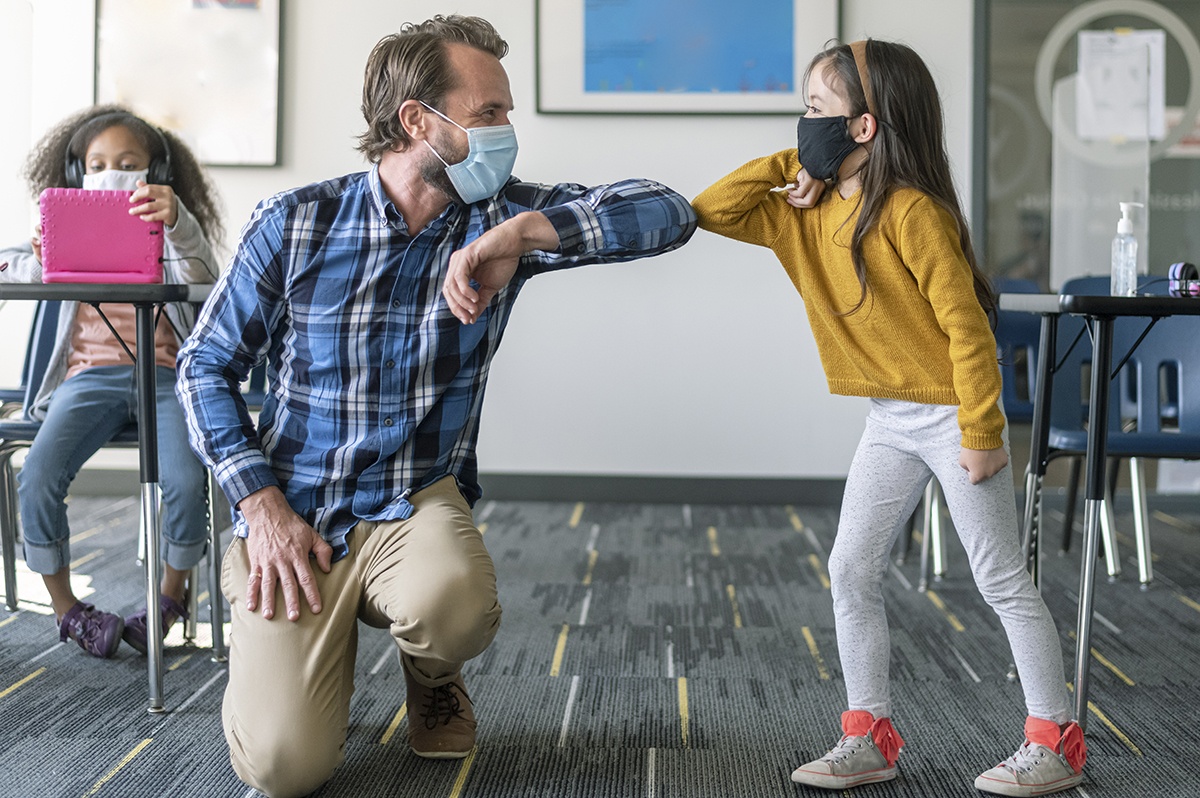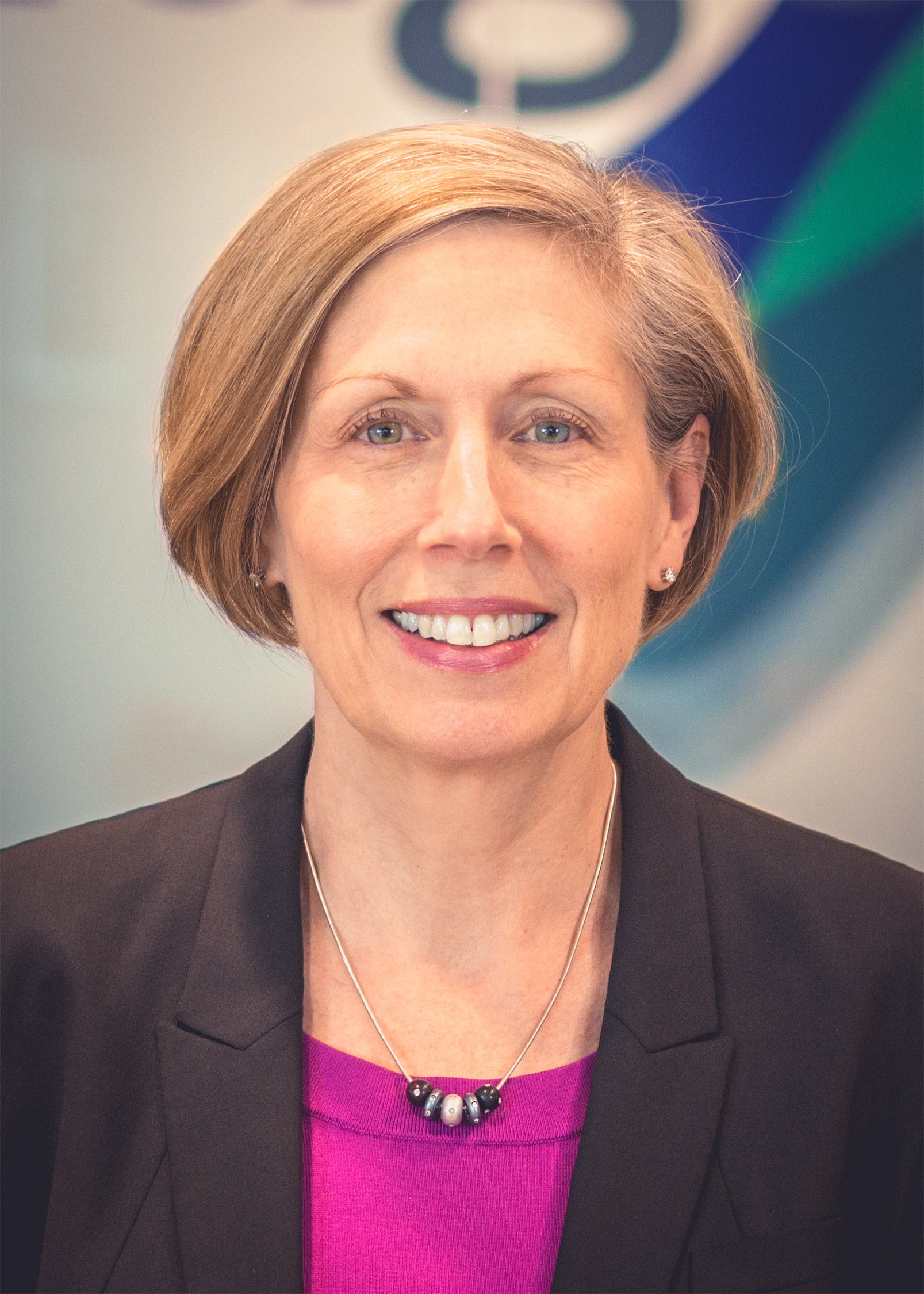
October 1, 2021 8:00 am
Don’t panic about learning loss, optimize each students’ unique journey. Let’s start by acknowledging our collective humanity.
“Learning loss” has become a trending, catch-all phrase for the growing gap between grade-level expectations and actual student performance. The disparity worsened during the pandemic, exacerbating already existing inequities. Black, Hispanic, and economically disadvantaged students saw less growth than their peers.
This deficit mindset — focusing on what students lack — has been shown to only worsen outcomes.
Having spent my career in education, first as a teacher and now as a leader in digital learning, I’ve seen firsthand that educators can do incredible things with the right support. Instead of clamoring to “fix” learning loss — what if we focus on empowering teachers to optimize each student’s unique learning journey aided by powerful technology-enabled tools?
As we strive to improve each student’s academic outcomes, it’s important to acknowledge that we are humans first. Many students lost loved ones and most experienced social isolation.
A trauma-informed approach is needed as we welcome students and families back to school.

“Students this year will each be at a unique point in their learning journey — and that’s ok.”
Character education is a process that guides students and teachers in the development of skills not covered by academic standards, such as understanding emotions and developing empathy.
Research shows that students who receive character education instruction have improved life outcomes and outperform their peers academically by 11%.
Start the school year by focusing on student well-being — and academic success will follow.
With so much talk about the need to catch up, it’s natural to search for shortcuts or methods to accelerate learning. But that’s not how learning works.
Learning is a journey to be navigated and, depending upon what a student knows and what she needs to learn, moving faster is rarely realistic or appropriate.
It’s like asking a driver to accelerate through a traffic jam. What we can do is leverage technology to find the optimal, individualized learning path for every student.
Students this year will each be at a unique point in their learning journey – and that’s ok. With the use of digital curriculum tools, educators can quickly and accurately understand where all of their students are and, critically, how to move each of them forward.
That starts with rethinking the way we use assessments. Rather than conducting assessments at the end of a term or school year, this moment all but demands that we create a culture of ongoing assessment and immediate feedback. When using high-quality digital learning tools, every keystroke tells a story about what a student knows.
Teachers receive valuable data to inform their instruction. As partners, digital learning providers need to make that data as clear and easy to interpret as possible.
Next, we need to implement personalized learning programs that focus on optimizing learning, not accelerating it. Many students are significantly behind, and we need to collaborate creatively to catch those students up.
One way is to be flexible in our content delivery. Where a student is and how far they need to go should influence the lesson she receives, and teachers should adapt content as needed to get a student on the right pathfor them. Adjusting or crafting new content for each student would be extremely time-consuming for teachers, if not impossible. By tapping into digital curricula, teachers can more easily tailor lessons for every individual, providing them better access to grade-level instruction.
Third, we should embrace flexible solutions that complement traditional classroom learning. These can take a lot of different forms — from adaptive software on a tablet to virtual on-demand tutoring — all focused on ensuring students have what they need to experience that breakthrough moment. Teachers play a vital role in deciding which instructional tools will work best for each student.
That’s why we believe our work starts with providing teachers with quality programs and the support they need to implement them effectively.
Many districts are also facing teacher shortages at a moment where we desperately need more teachers in classrooms. The ability to “port in” teachers from different locations could go a long way to help students progress in their learning this fall.
Districts should also continue to offer hybrid, in-person, and virtual learning options.
Most students are excited to return to in-person learning, but some thrived with online learning. Enrollment is down, particularly in the older grades. We need to preserve flexible programs that will entice teenagers — including the significant percentage who work and attend school simultaneously back to school.
This school year won’t be easy, but educators do hard things every day in service of students. If we’re going to improve learning outcomes, we need to collaborate across the full education support system — curricula, educators, and families.
Together, we should be clear-headed about the work ahead and committed to giving teachers the support and tools they need to optimize each students’ unique learning journey.

Vice Chairman and Chief Strategy Officer, Imagine Learning
Sari began her career as a mathematics teacher but soon thought of much bigger ways to impact students. Recognizing that technology could greatly transform the way students learn, she made a career move into education technology and has been working to leverage technology to help students, teachers, schools, and districts ever since.
Sari joined Imagine Learning in 2011 and has held leadership positions at successful educational publishing and learning technology companies, including Kaplan, McGraw-Hill, Houghton Mifflin, and Everyday Learning Corporation. “I knew that I could fulfill my vision to combine technology with research on learning to make education truly student-centered.”